Westinghouse DB-50 User manual
Other Westinghouse Circuit Breaker manuals
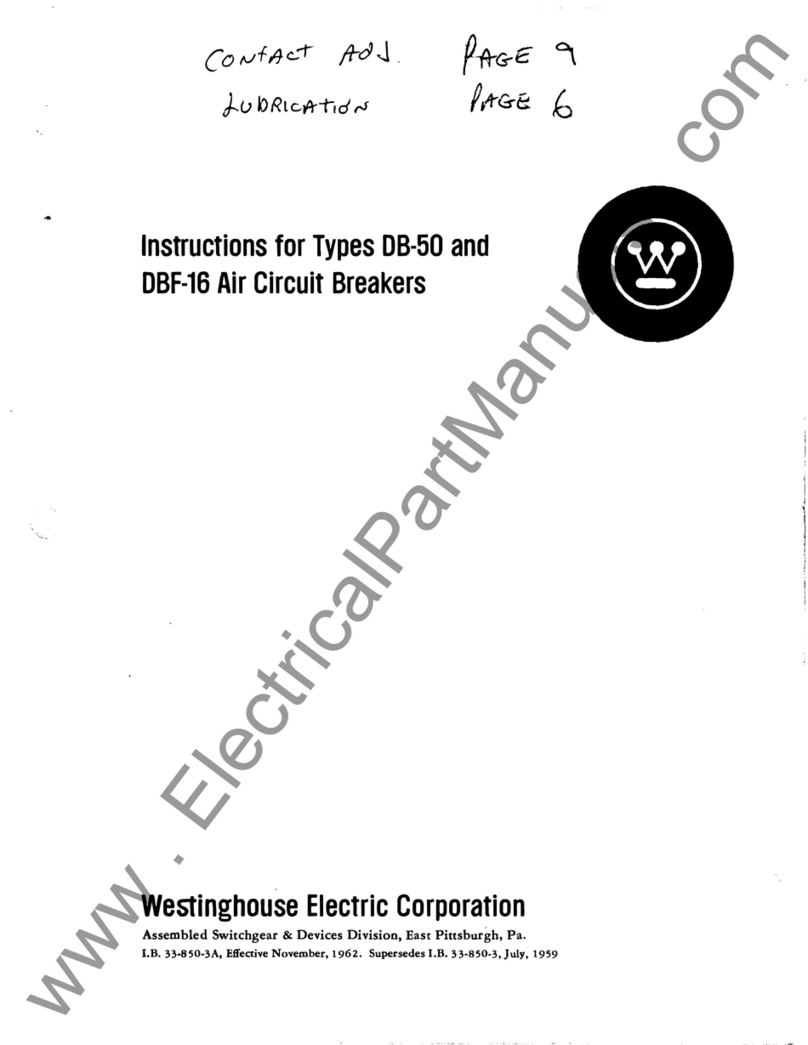
Westinghouse
Westinghouse DB-50 User manual
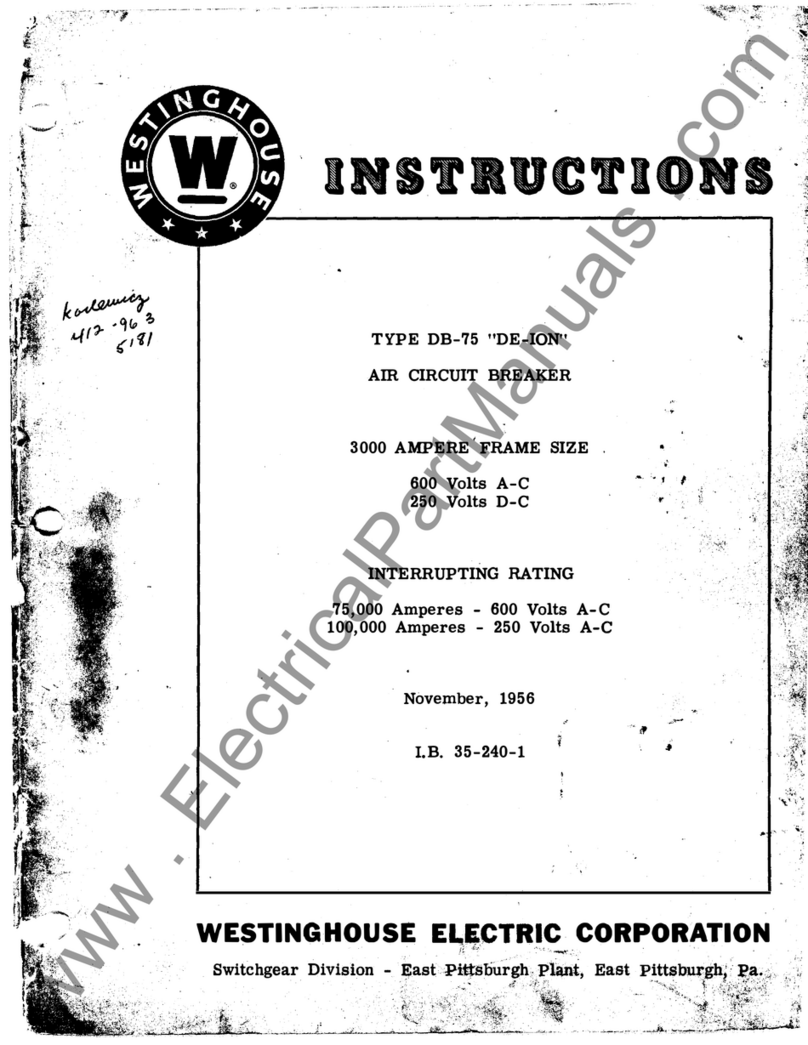
Westinghouse
Westinghouse DB-75 User manual
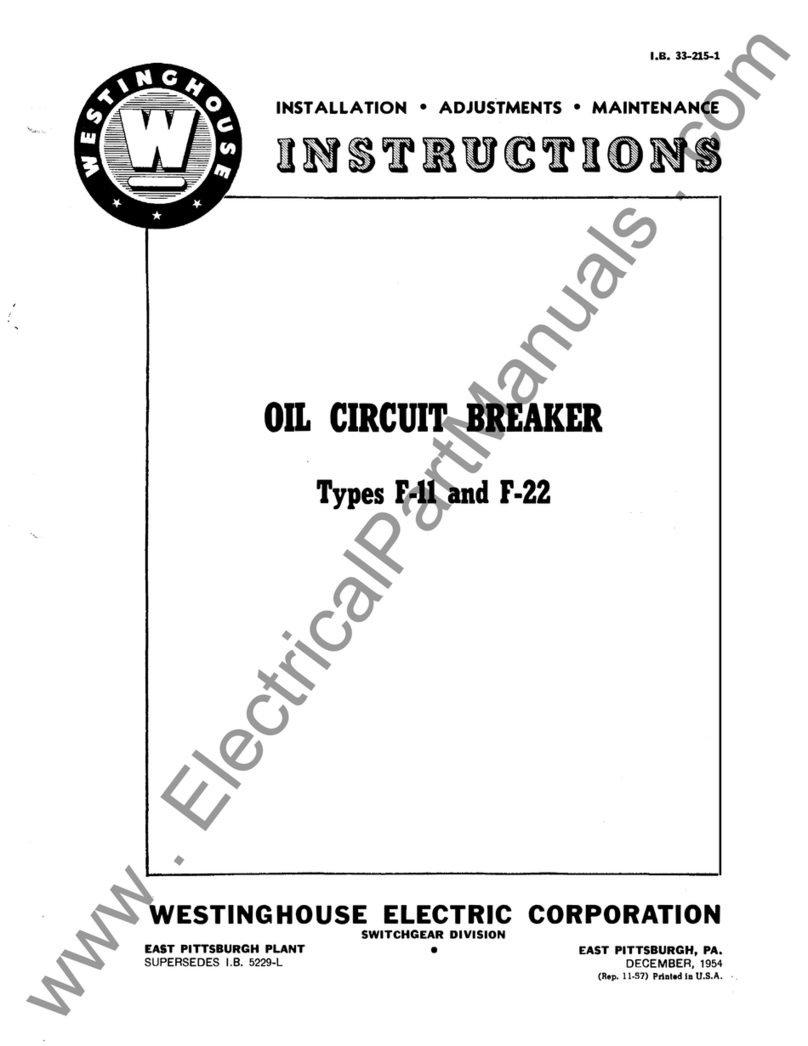
Westinghouse
Westinghouse F-11 User manual

Westinghouse
Westinghouse F-122 User manual
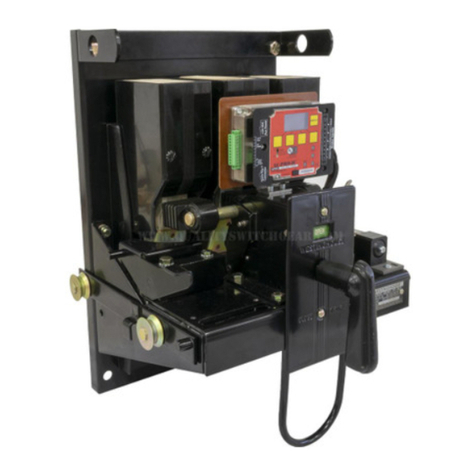
Westinghouse
Westinghouse De-ion DB-15 User manual
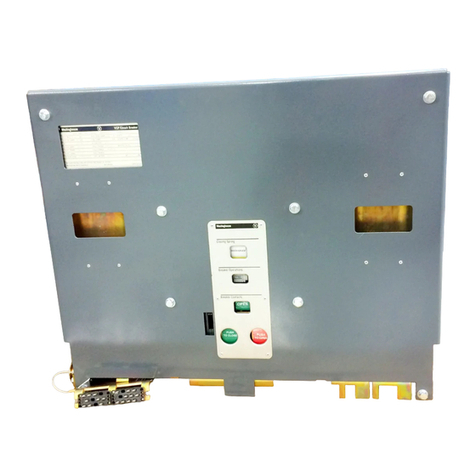
Westinghouse
Westinghouse VCP Series User manual
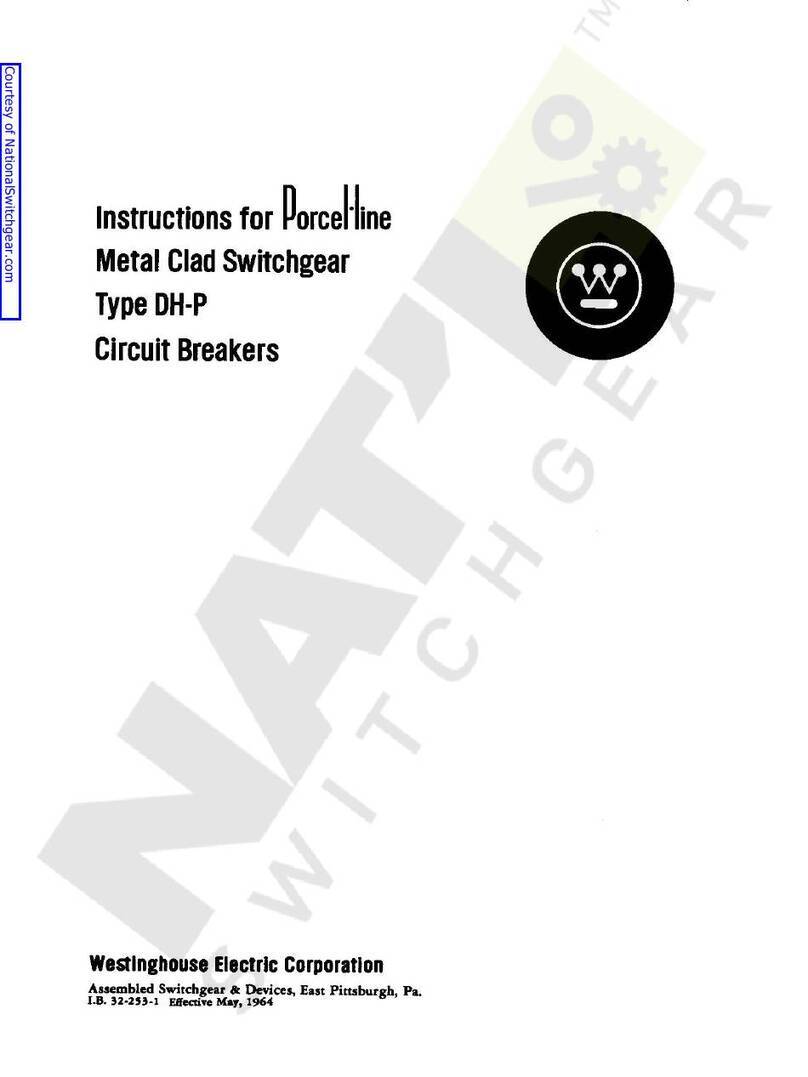
Westinghouse
Westinghouse DH-P Series User manual

Westinghouse
Westinghouse DBN-1016 User manual
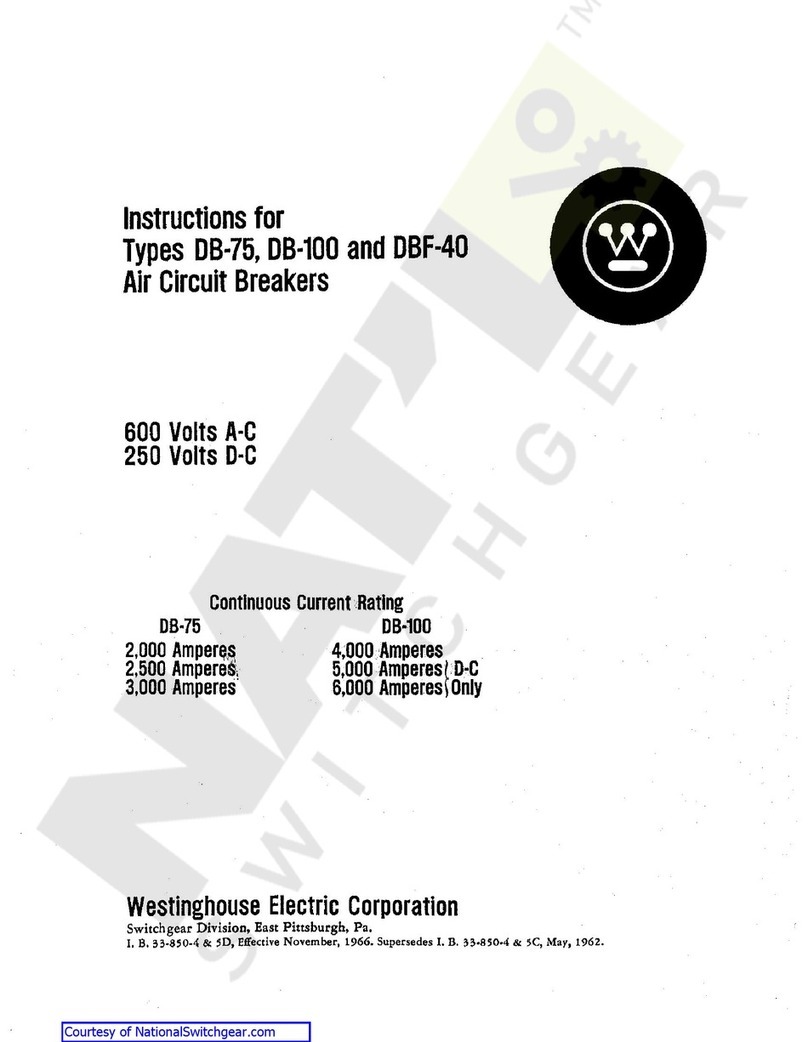
Westinghouse
Westinghouse DB-75 User manual

Westinghouse
Westinghouse DB-50 User manual

Westinghouse
Westinghouse DK-25 User manual

Westinghouse
Westinghouse DK-15 User manual
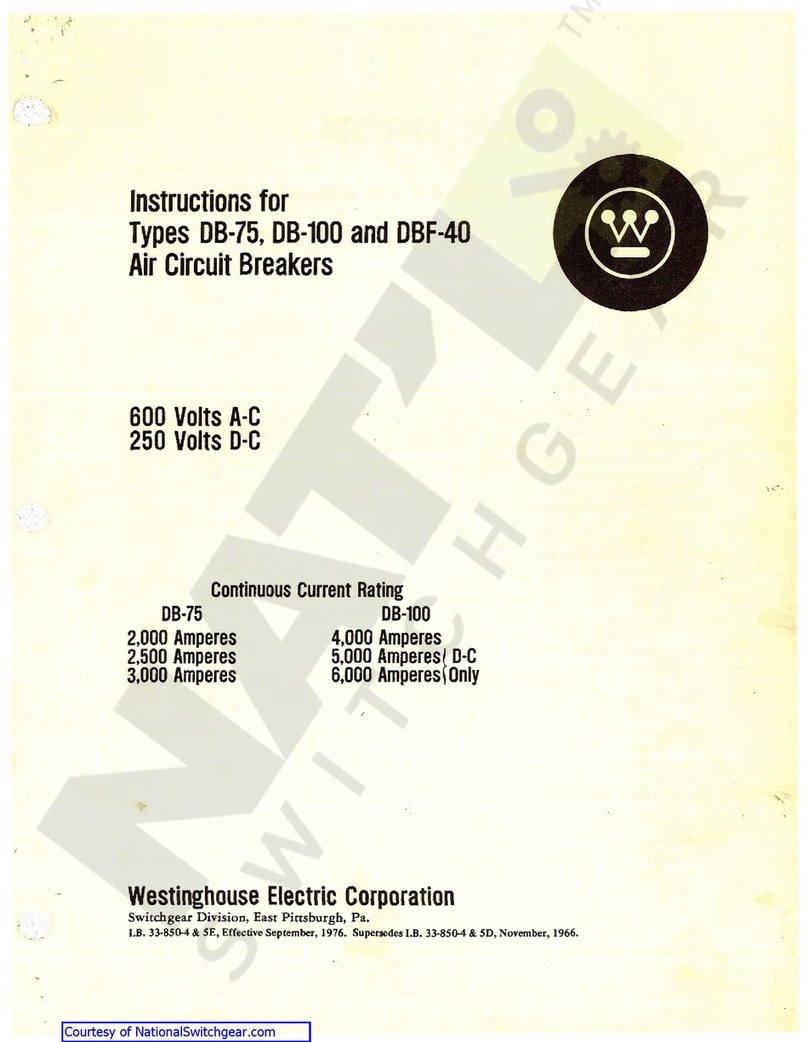
Westinghouse
Westinghouse DB-75 User manual

Westinghouse
Westinghouse De-ion 50-DH-350 User manual
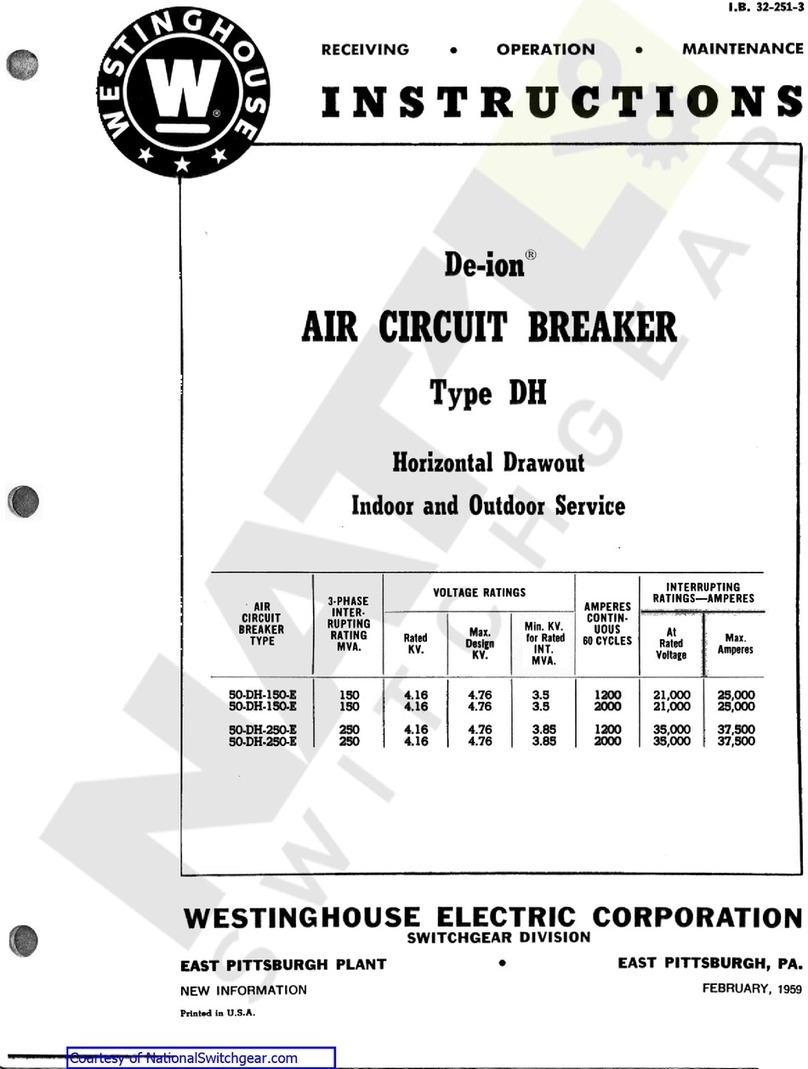
Westinghouse
Westinghouse DH User manual
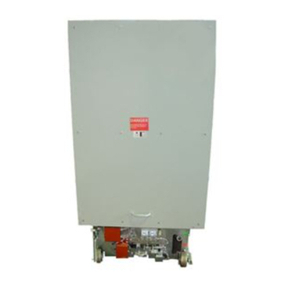
Westinghouse
Westinghouse Porcel-line DHP Series User manual

Westinghouse
Westinghouse DB-50 User manual

Westinghouse
Westinghouse De-ion DB-15 User manual

Westinghouse
Westinghouse AB DE-ION Series User manual

Westinghouse
Westinghouse DB-75 User manual
Popular Circuit Breaker manuals by other brands

WEG
WEG FHU ACW125 installation instructions

TERASAKI
TERASAKI NHP TemBreak PRO P160 Series installation instructions

Siemens
Siemens Sentron 3VA9157-0PK1 Series operating instructions

hager
hager TS 303 User instruction

ETI
ETI EFI-4B Instructions for mounting

Gladiator
Gladiator GCB150 Installation instruction

























